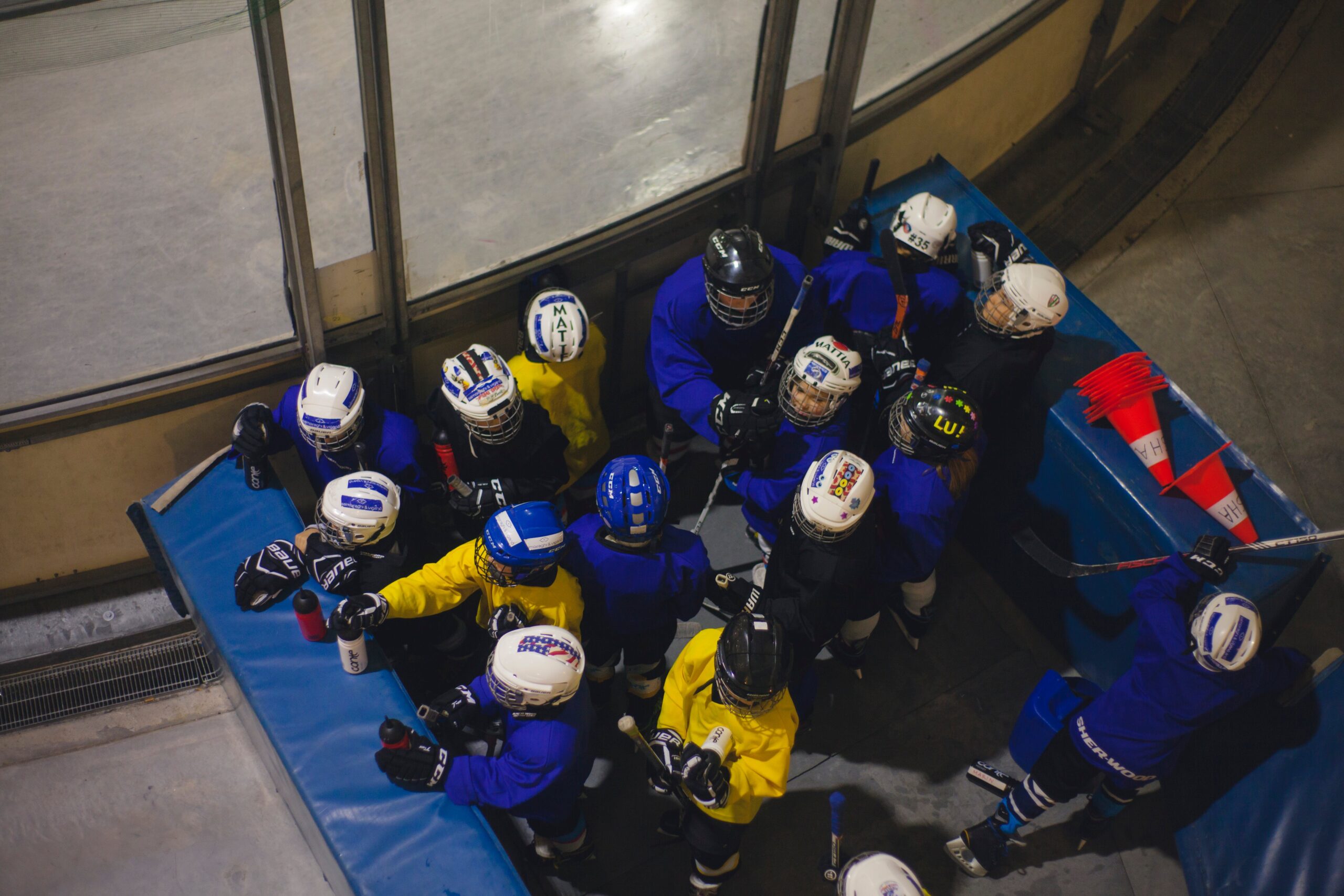Youth ice hockey is a thrilling and dynamic sport that captures the hearts of young athletes across the globe. Aspiring hockey players often start their journey at a young age, and the sport is structured into various age levels to ensure fair competition, skill development, and safety. In this article, we will explore the age levels of youth ice hockey, outlining the key characteristics and objectives of each stage.
Age Levels:
Mini-Mites (Ages 4-6):
– This introductory level focuses on introducing young children to the basic skills of ice hockey in a fun and supportive environment.
– The emphasis is on developing balance, coordination, and a love for the game.
– Mini-Mites often engage in small-area games and activities to enhance motor skills.
Mites (Ages 7-8):
– At this level, players begin to learn the rules of the game, including positions, penalties, and basic strategies.
– Coaches focus on skill development, such as skating, passing, and shooting, while maintaining a positive and enjoyable atmosphere.
– Game formats may include cross-ice or half-ice play to maximize player involvement.
Squirts (Ages 9-10):
– Squirts move into a more structured competitive environment, playing on full-sized rinks.
– Skill refinement becomes a priority, and players are introduced to more advanced tactics and systems.
– Teamwork and sportsmanship are emphasized, fostering a sense of camaraderie among players.
PeeWees (Ages 11-12):
– The transition to full-checking often occurs at this level, requiring players to understand and execute body contact within the rules.
– Advanced team strategies, positional play, and individual skill development are paramount.
– Players begin to specialize in positions, such as forwards, defensemen, and goalies.
Bantams (Ages 13-14):
– The physicality of the game increases at the Bantam level, with a continued emphasis on skill development and strategic play.
– Bantam players are preparing for the transition to high school or more competitive levels of play.
– Teams may participate in regional or national tournaments, exposing players to a higher level of competition.
Midgets (Ages 15-18):
– Midget hockey is the bridge between youth and adult levels of play, preparing players for junior, college, or even professional opportunities.
– The game becomes faster, and players hone their skills to compete at an elite level.
– Midget players showcase their talent to scouts, colleges, and junior teams for potential advancement in their hockey careers.
Navigating the age levels of youth ice hockey is a crucial aspect of a player’s development in the sport. Each stage is designed to provide a balance of competition, skill development, and enjoyment. Coaches, parents, and players alike play pivotal roles in fostering a positive and supportive environment that encourages growth and a lifelong love for the game. As young athletes progress through the age levels, they not only refine their hockey skills but also learn valuable life lessons about teamwork, discipline, and sportsmanship that will benefit them on and off the ice.



